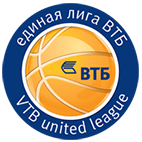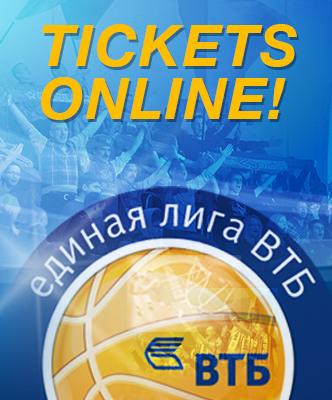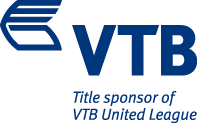20november
Vitaly Nosov On The Changing Center Position
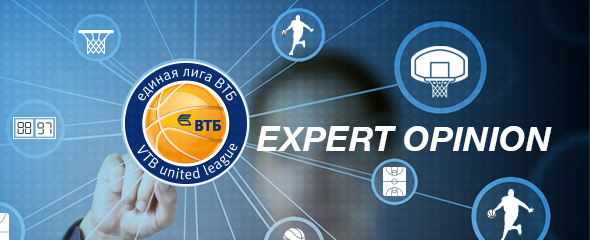
VTB-League.com presents a brand-new Expert Opinion, our blog featuring the sport's top minds and their thoughts on the latest developments in the VTB United League.
Vitaly Nosov is the author of today's blog post. The former Russian national team center shares his analysis of the center's changing role in modern basketball and highlights the top centers in the VTB United League.
***
The pace of life has accelerated with the introduction of smart technology and pocket-sized computers. Basketball has also continued to adapt. The speed of the game has increased and positions are no longer set in stone like in the past. The only real divisions now are between smaller and bigger players. Of course, the point guard position has maintained its relevance, though shooting guards can also help move the ball on offense. For years now, there's been no division between small forwards and shooting guards. Forwards can play three positions: small forward, power forward and center. On the best teams, big men can handle the ball, shoot from outside and run the fast break.
But what has happened to the centers, the behemoths of the game, who historically had the most clear-cut, straightforward role in basketball? Are any representatives of the old-school left on the court or has the classic center position disappeared?
On the old school: My career began at Avtodor Saratov alongside Evgeny Pashutin. He was a classic point guard. His primary objective was to get the ball to the center via the pick-and-roll or by beating the big man and dishing to the paint. Back then, I had no trouble scoring on a defensive mismatch. Pashutin's passes put me in position, allowing me to average about 25 points per game. Thanks to offensive rebounds, I could pick up about six points each game. On defense, centers cemented the paint, preventing easy buckets in the lane. However, they weren't able to defend the perimeter. Each club had its anchor: a big, slow center who got the ball down low and posted up his defender. We were ripped, strong guys who got physical under the basket and made the game exciting. At the same time, without point guards like Evgeny Pashutin, Vasily Karasev and Sergei Bazarevich I wouldn't have become someone that people remember 12 years later. I'm grateful to them.

On new tendencies: Centers at the top VTB United League and NBA teams are powerful, explosive athletes, who aren't always that tall. They have no trouble defending against a pick-and-roll on the perimeter. They can shoot from mid-range and beat you facing up or with their back to the basket. Centers are much more athletic now and have far more options on offense. Still, in my opinion, the guards generally set the tone in today's game, while centers play a supporting role.
Team defense in Europe has reached a new level. If someone gets the ball under the basket, they are immediately double-teamed, making it very difficult to score. As a result, they send the ball back out to the perimeter and send it around the perimeter for another shot. The rules in the NBA are a little different, which makes it easier to beat a defender one-on-one.

On current centers: I'll start with one of the best centers in VTB United League history: Sasha Kaun. He may have been the best center in Europe. He was definitely in the top three. Now he's in Cleveland, where he gets almost no playing time, but that's his decision.
Obviously every basketball fan in Russia is following Timofey Mozgov's career. He plays 15-18 minutes per game, averaging about 10 points and six rebounds, but he rarely gets minutes in the 4th quarter.
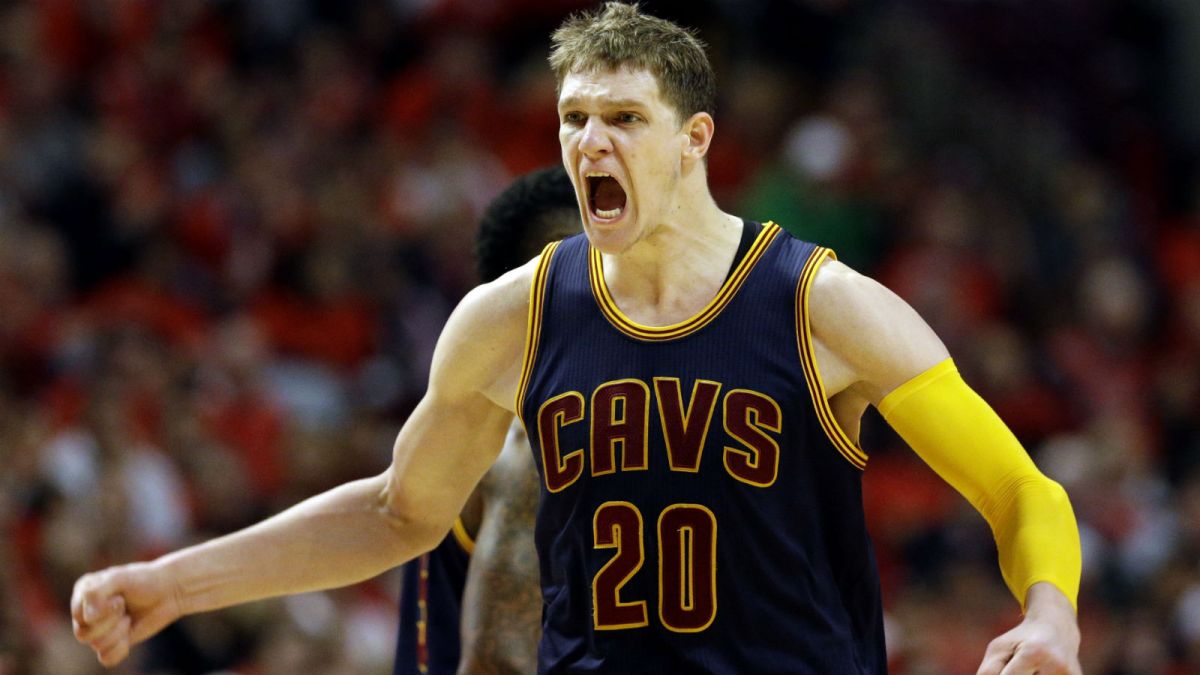
During the recent EuroBasket, Evgeny Pashutin played Andrei Zubkov 20-30 minutes per game at center, even though he's a small forward/power forward. Andrey Vorontsevich plays a similar role. He's a typical stretch four, but he can stop anyone on defense for 10-15 minutes. It all depends on the situation on the court and the team's needs.
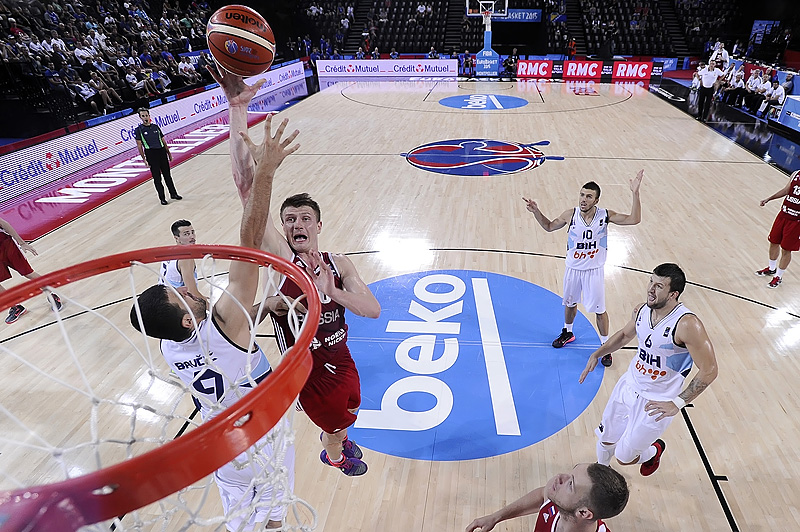
Let's recall what happened at Khimki last season. When James Augustine and Paul Davis got injured, Ruslan Pateev was thrust into the spotlight. He rose to the occasion, playing extremely well down the stretch and made the Russian national team over the summer. Tyrese Rice did a great job of getting him involved on offense, feeding him under the basket and Pateev took advantage. Now Khimki's American big men are healthy and Pateev is back on the bench. Yes, Augustine and Davis are both above 30, but they are very talented. Both players are more athletic and can attack from outside as well as in the paint. Khimki has a loaded backcourt and is finally healthy in the frontcourt. All the same, I'm upset that our best young center is sitting on the bench and not receiving playing time. Of course, Rimas Kurtinaitis will do what is best for him. He needs to justify the money that has been invested in the team and advance as far as possible in the Euroleague and VTB United League.

It's a somewhat different situation at Saratov. Vladimir Rodionov praises Artem Klimenko and calls him the top young Russian center in the game, but, in my opinion, he won't be a star. I would love to be wrong, and I'll apologize in person to Vladimir Rodionov and Artem if he makes the national team or at least averages more than 25 minutes per game at Avtodor. He's young, 20 years old and his future is bright, but, in my opinion, he doesn't have the right disposition.
Zenit's Andrei Desyatnikov had that amazing dunk over Rudy Gobert at EuroBasket. At the same time, he's too tall and not quick enough to switch on defense against small forwards and guards. Andrei could become a good center. Everything depends on his desire and his role on the team. I hope I'm wrong and he becomes a star.

I really like how Kaspars Berzins plays for Nizhny Novgorod. He represents the new generation of centers: quick, trim and can shoot from anywhere on the court. He can do practically everything on the court. I should mention that Nizhny also has a classic center in Rasid Mahalbasic. The team is stocked at the position and can easily switch up its approach on the court.
I have to talk about Artsiom Parakhouski, who played for Nizhny Novgorod last season. I liked to watch him on the court, even though I didn't know much about him before. Now that he's in Kazan, he doesn't look anything like he did a year ago. Classic centers are dependent on the point guard. You have to feed them the ball. Of course, Artsiom received a much more lucrative contract, but he's not making an impact, having joined a team that takes a much different approach on the court.
Kyrylo Fesenko is in a similar position. Parakhouski, Fesenko and Viacheslav Kravtsov are big, throwback centers. Kyrylo worked miracles at Avtodor. Now that he's moved to a bigger club in Lokomotiv, his playing time has dropped to 10 minutes per game, though he still has an impact. Kravtsov is dealing with the same at CSKA, where he gets on the court for 5-10 minutes and does his job. These guys just don't have enough playing time.
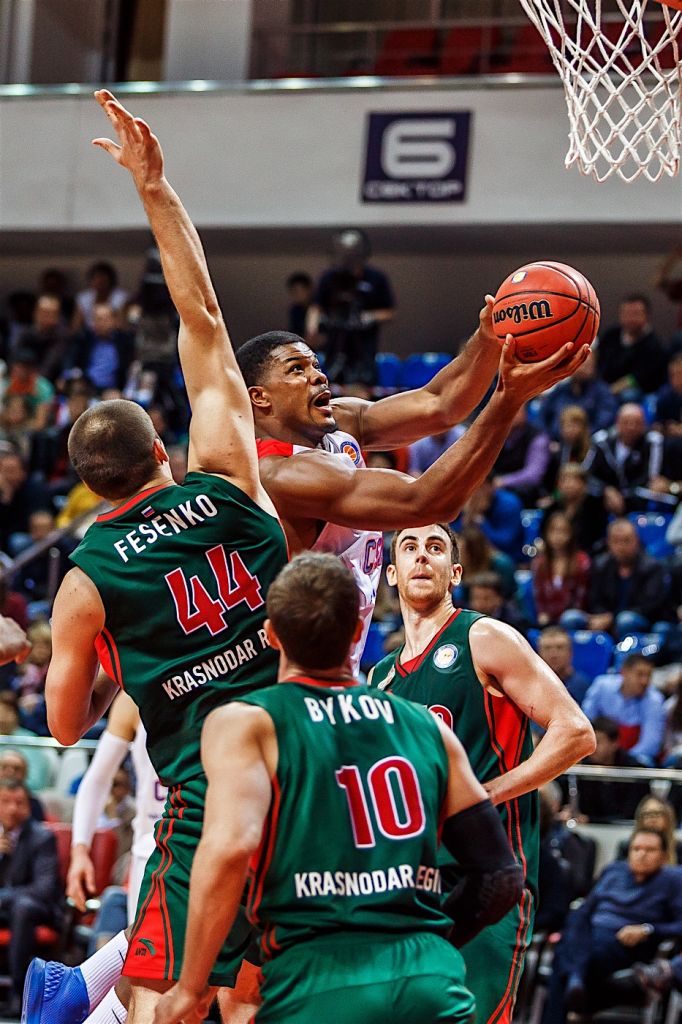
Overall, CSKA stands out in the VTB United League. When Kaun left, journalists started to write that the team would suffer after losing a player of his caliber. The club did sign Joel Freeland, but he hasn't played yet due to injury. Unicaja is the only team that has been able to use its advantage in the frontcourt to beat the Moscow powerhouse. Everyone is fallible. CSKA is active and aggressive switching on defense, which is why an undersized Kyle Hines and forwards Andrey Vorontsevich and Demetris Nichols can play at center. Pavel Korobkov works hard, but I liked him better at Nizhny. I don't know if the move has been to his advantage.
These days there are plenty of non-traditional centers: guys over 210 cm that attack more from outside than in the paint. Avtodor's Artem Zabelin is a good example. An NBA example would be New York's Kristaps Porzingis. I love watching him play. He's 221 cm, but you can't tell what position he plays.
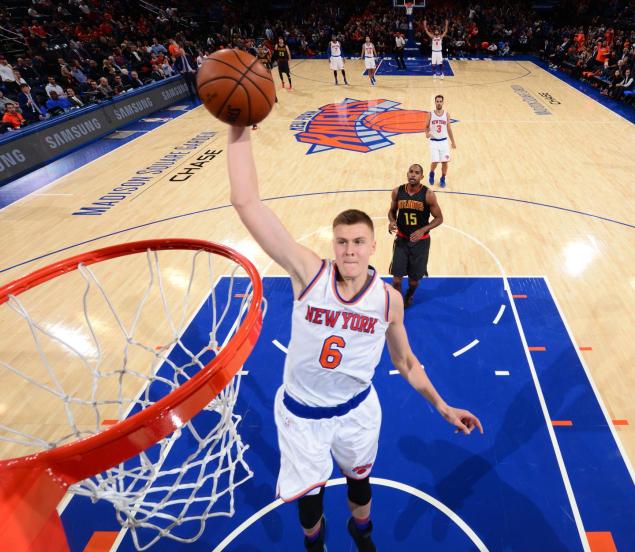
On modern basketball: It's sad, but what can you do... Centers don't have the same role in basketball that they did in the past. There aren't many centers like Vladimir Tkachenko and Arvydas Sabonis left. Plus, I don't think that guys like Tkachenko or myself would be able to play for top clubs or on the national team without an outside shot. It's not even that players like that can't score from outside the paint. You also have to be able switch on defense and stop guards five meters from the basket. That's what modern big men need to be able to do. I wouldn't say that classic big men are dying out, but everything changes in this world. Basketball is no exception.
Vitaly Nosov
World Championships runner-up, EuroBasket runner-up




